
Kuiper Belt

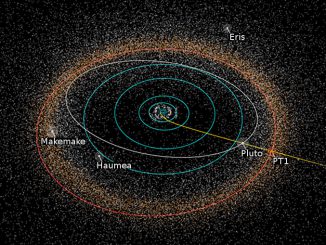
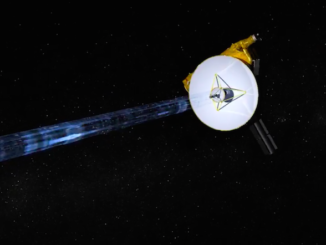
Scientists firm up flyby plan for New Horizons’ next destination
Now more than two years outbound from its historic encounter with Pluto, NASA’s New Horizons spacecraft is on target for a fleeting flyby less than 2,200 miles from 2014 MU69, an icy, city-sized world set to become the most distant object ever visited, just after midnight Jan. 1, 2019. Scientists now say the probe may be able to pursue another destination some time in the 2020s.

New Horizons’ next target might be a binary pair
Ground observations of the New Horizons spacecraft’s next target last month revealed the distant object, lurking in the outer Solar System more than four billion miles from Earth, might have an unconventional elongated shape, or even consist of two icy bodies orbiting one another in an age-old cosmic dance.

The curious case of the warped Kuiper Belt
An unknown, unseen “planetary mass object” may lurk in the outer reaches of our solar system, according to new research on the orbits of minor planets to be published in the Astronomical Journal. This object would be different from — and much closer than — the so-called Planet Nine, a planet whose existence yet awaits confirmation.
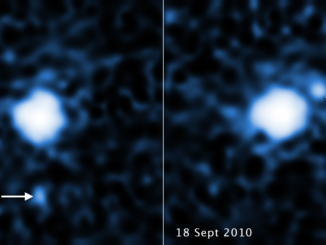
Hubble spots moon around third largest dwarf planet
The combined power of three space observatories, including NASA’s Hubble Space Telescope, has helped astronomers uncover a moon orbiting the third largest dwarf planet, catalogued as 2007 OR10. The pair resides in the frigid outskirts of our solar system called the Kuiper Belt, a realm of icy debris left over from our solar system’s formation 4.6 billion years ago.
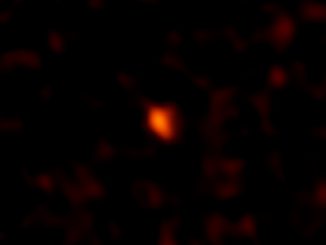
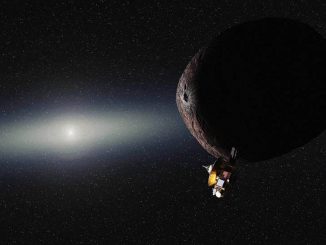
New Horizons to continue mission of discovery with Kuiper Belt encounter
Scientists planning the the next phase of NASA’s New Horizons mission, a robotic craft that completed the first exploration of Pluto in 2015, are going into the flyby of a frozen, faraway city-sized clump of rock on New Year’s Day 2019 armed with little knowledge of the target lurking around 4 billion miles from Earth.
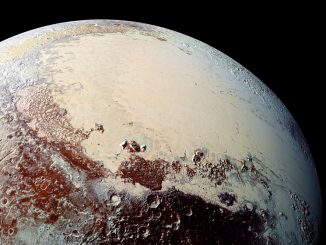
New analysis supports subsurface ocean on Pluto
A liquid ocean lying deep beneath Pluto’s frozen surface is the best explanation for features revealed by NASA’s New Horizons spacecraft, according to a new analysis. The idea that Pluto has a subsurface ocean is not new, but the study provides the most detailed investigation yet of its likely role in the evolution of key features such as the vast, low-lying plain known as Sputnik Planitia (formerly Sputnik Planum).
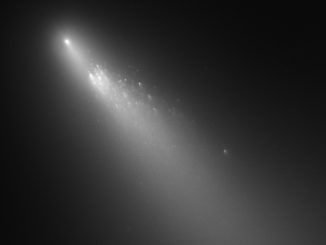
Relationship revealed between chemicals found on comets
A new study reveals similarities and relationships between certain types of chemicals found on 30 different comets, which vary widely in their overall composition compared to one another. The research is part of ongoing investigations into these primordial bodies, which contain material largely unchanged from the solar system’s birth some 4.6 billion years ago.
